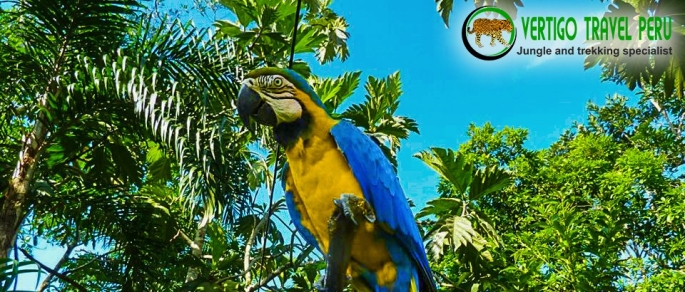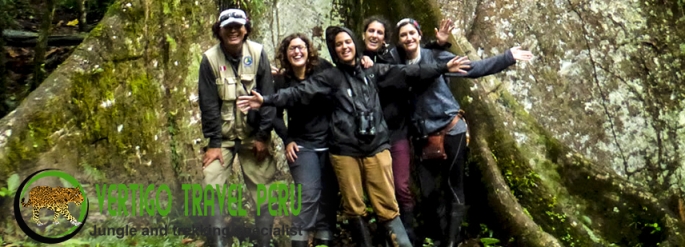The Manu National Park is a protected natural space located in the southeast of Peru, located in the departments of Madre de Dios and Cusco, in the provinces of Manu and Paucartambo. With a territory of 1,532,806 hectares, it is divided into three large areas:
Categoría: amazon peru
BLACK CAYMAN (Melanosuchus niger) The King of the Amazon Rivers and Cochas
200 million years ago dinosaurs and pterosaurs were the dominant reptiles on the planet. They were part of the group of archosaurs, to which crocodiles and alligators also belong, who are considered close relatives of these gigantic prehistoric reptiles. INFORMATION OF MANU TOURS:
Manu National Park – MANU TOURS PERU
Located in the jungle of the departments of Cusco and Madre de Dios, the Manu National Park represents the greatest natural treasure in Peru, due to the number of species it houses and the diversity of ecosystems it protects. Manu is one of the few wild areas in the world where animals abound and live in a totally natural state.
THE RONSOCON (Hydrochoerus hydrochaeris) the largest rodent in the world
The Ronsoco is the largest rodent, weighing from 35 to 66 kg and with a length of approximately 1.2 m. Females of this species are slightly larger than males. Its coat is thick and thin, and is reddish brown on most of the body,
The yellow-blue macaw (Ara ararauna)
Also known as the blue-and-yellow macaw, yellow parrot, or yellow-billed paraba, is a species of psittaciform bird in the parrot family endemic to South America. MANU TOURS INFORMATION
Wildlife Observation on the Manu Tour
The PNM is home to a large number of wildlife species. There have been about 160 species of mammals, more than 1,000 species of birds (mostly residents), about 140 species of amphibians, 50 species of snakes, 40 lizards, 6 turtles, 3 alligators and 210 fish
The White Cayman of Manu – Cusco – Peru
(Caiman Crocodilus) can be one of them, they usually sunbathe on the sand banks of the Manú River while some butterfly perches on their shoulders.








